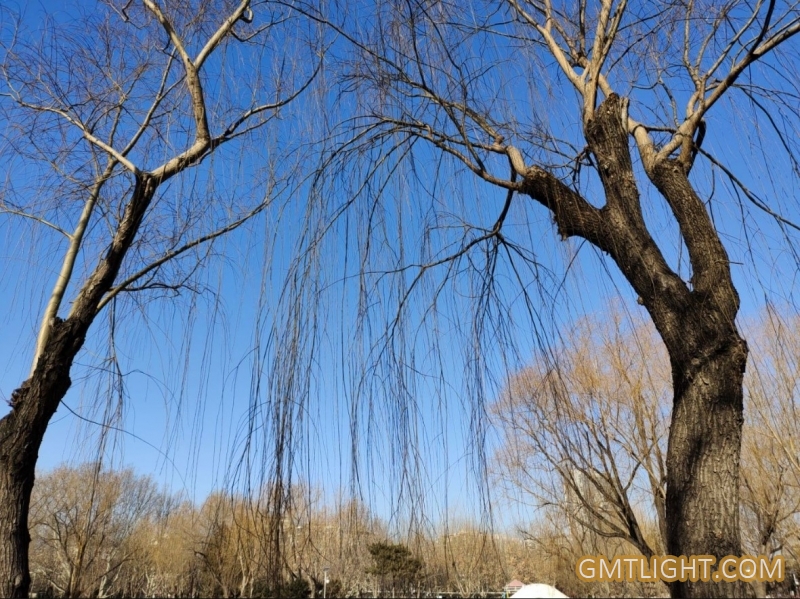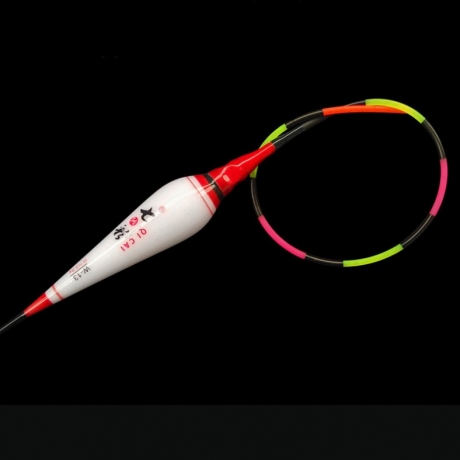Blue sky battle: Beijing's haze days are greatly reduced

Haze is composed of dust, sulfuric acid, nitric acid, organic hydrocarbons and other particles in the air. If the horizontal visibility is less than 10000 meters, the visual range obstacle caused by this non-aqueous aerosol system is called haze or dust haze, and the Hong Kong Observatory is called haze.
Haze is mainly composed of sulfur dioxide, nitrogen oxides and inhalable particulate matter. The first two are gaseous pollutants, and the last one is the main reason for aggravating the pollution of haze. They are combined with fog to make the sky suddenly gloomy. The abbreviation of particulate matter is PM. Beijing monitors fine particulate matter (PM2.5), that is, pollutant particles with aerodynamic equivalent diameter less than or equal to 2.5 microns.
The haze in London used to last for a long time.
As early as the 18th century, London began to be foggy, and it became pathogenic after the early 19th century. In serious cases, even if you travel at noon, you need to hold a torch to guide you. By the end of 1952, Londoners in another heavy fog began to feel dyspnea, stinging eyes, asthma, cough and other symptoms. In just a few days, 4000 people in Britain died suddenly. A few weeks later, thousands of people died, a total of more than 12000 people died. This is the famous London smog in British history
The Chinese government has set the goal of "firmly fighting the blue sky war".
The situation of environmental pollution is still grim, especially in some areas where serious haze occurs frequently, and the control measures need to be further strengthened. We will comprehensively promote the control of pollution sources, strengthen the control of motor vehicle exhaust, effectively deal with heavy pollution weather, and strictly enforce environmental law enforcement and supervision to control haze.
In the whole year of 2019, the excellent days in Beijing are 240 days, accounting for 65.8%, of which the first-class excellent days are 85 days and the second-class good days are 155 days; in the year of 2019, the heavy pollution days are 4 days, and the primary pollutant is PM2.5, so there is no serious pollution day in the whole year. There has been no serious pollution day or heavy pollution process lasting more than three days in Beijing for two consecutive years. The pollution peak value, duration and frequency have decreased significantly.
In addition to PM2.5, the average annual concentrations of PM10, NO2 and SO2 in Beijing in 2019 were 68 μ g / m3, 37 μ g / m3 and 4 μ g / m3 respectively. Among them, PM10 and nitrogen dioxide reached the national standard for the first time (70 μ g / m3 and 40 μ g / m3); sulfur dioxide reached the national standard (60 μ g / m3); PM2.5 was still the main air pollutants in Beijing, exceeding the national standard (35 μ g / m3) by 20%.
Mr. gmtlight Niu: "every day when you get up and open the curtains, the sky will be clear and there will be another blue sky. You will be in a good mood. Ten years ago, it was often foggy. That's progress. "




